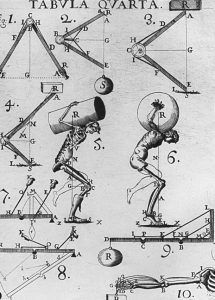The Prime-Time Myth
The Prime-Time Myth

The Prime-Time Myth is the perpetuation of a set of ideas about what life, retirement and aging should be like. But the current norm is based on culture, not science or what’s truly possible.
There is a misunderstanding about how long people believe they will live. We define and reinforce this by our invention of “retirement” as a concept. Retirement doesn’t exist. Prior to its invention not even a century and a half ago, people just kept working, or better yet, did what they wanted to. This went on until they couldn’t do it, or simply died. While that may seem sad, it wasn’t. It was a simpler, happier time.
The Prime-Time Myth
One of the underlying elements that make people think they need to retire is the fact that most people underestimate how long they will live by 20 years or more. This leads to many mistakes in how they decide to live their lives. The Prime-Time Myth might be the biggest mistake thus far. Ask most people what middle age is and when it is and you will get answers ranging from 40 to 50. In fact, an entire industry of greeting cards and novelties has been built out of the concept of being “over the hill.” Black balloons, and canes with mirrors and bicycle bells are among the ways this rite of passage is celebrated. Where did this notion come from? In part it stems from people’s belief that their prime productive years are between ages 25 and 55. The myth is a remnant of the industrial revolution when most people were the machine and their work consisted of demanding manual labor. In those days you could be worn out by 55.
Today’s Standards
However, in today’s modern society where most people are employed in knowledge and service-based businesses and professions, the new prime is between 55 and 85. Knowledge and wisdom are the new commodities of prime time. The problem is most people have already given up and slowed down, wasting their prime years. Because of this, they often compromise on their health, their wealth and their happiness through by disengaging and going on a permanent vacation. The result: early decline, despair and premature death – the killer D’s.
Where do we go from here?
We must shift perception about the time we have left and how healthy we choose to be. This will allow us to live into the more real Prime Time with health and vitality. We then become role models for others around us. Using the concepts and tools from Ideal Life 360 and The 100 Year Lifestyle, we can impact the perception around lifespan, health spans and the new Prime Time.
In Wellness,
- SHARE THIS POST


